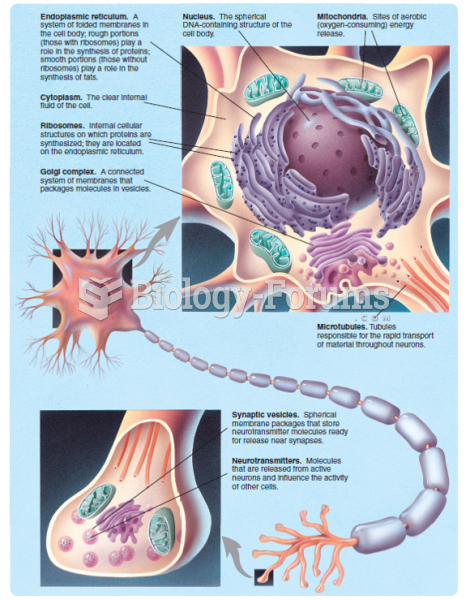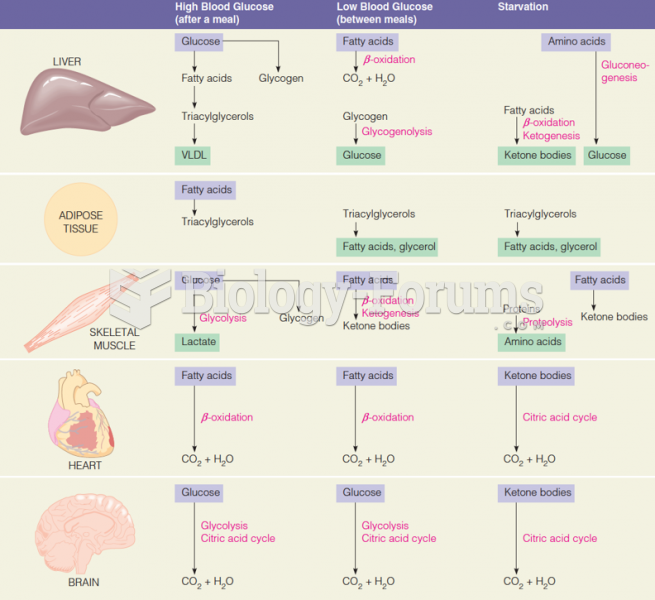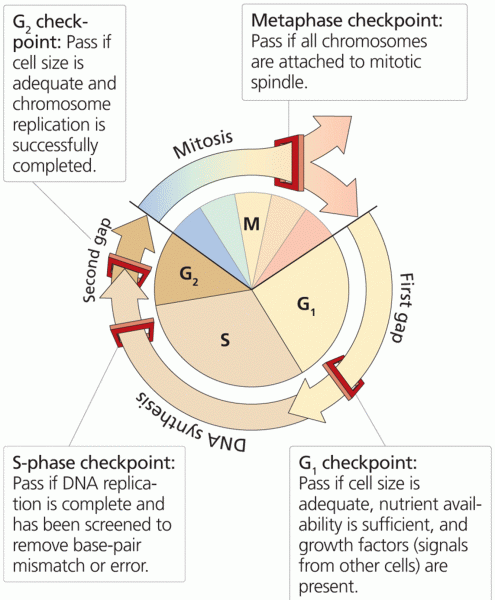Answer to Question 1
Five of the following:
-Cover. The menu cover should be designed to complement the overall theme of the restaurant. Line graphics or photographs are often used to present an attractive first impression. Black-and-white photographs are easy to reproduce and less expensive than color.
-Size. The size of the menu will vary depending on the number of items being featured and the amount of copy used to describe them. Separate menus can be created for children, wine, desserts, cocktails, and so on. The key is to design the menu in such a way that it is effective in communicating with the customers. A separate dessert menu means that the decision to order dessert is more likely to be made on the basis of desire than cost.
-Materials. The weight and quality of the paper on which the menu is printed adds to the impact. Heavier paper gives a feeling of quality. It also adds to the life of the menu. This has to be weighed against the menu price change cycle.
-Placement. Some believe that the sequence of dishes on the menu should follow the progression of a meal from appetizers and soups through entres to desserts. Others believe that various focal points should be used on a menu. Customer's eyes are naturally drawn to specific pointsfocal pointswhen presented with a menu. The restaurateur should place menu items that he or she wants to push in the focal points of a menu. The focal points vary with the type of menu.
-Specials. Specials can be listed in larger and bolder type than that used on the rest of the menu. They can also be given a longer description. The concept of closure indicates that peoples' eyes are drawn to whatever is enclosed by a box. By drawing a box around a menu description, attention is drawn to what is inside the box. In addition, color, illustration, and/or pictures can be used to draw attention to the restaurant's signature items.
-Description. The objective in describing menu items is to present them in a way that will give customers an accurate picture of the dish, while increasing the likelihood of their sale. Municipalities are becoming more vigilant about prosecuting restaurants for false statements on the menu. Menu items can be described in such a way that customers can see them in their minds. This is important because we think in pictures, not in words.
-Typeface. The typeface used must be large enough and legible enough to allow customers to read the descriptions. The main styles used on menus are Roman, modern, and script. Most books and magazines are set in some version of a Roman typeface. Modern typefaces are newer, clean looking, and do not have the serifs or flourishes of the Roman typeface. Script imitates handwriting and should be used primarily for headings and subheadings, as it is difficult to read. Some upscale restaurants, however, use script for the entire menu, to give a handwritten look. Typefaces can be set in uppercase or lowercase, regular or italics. It is easier to read letters that are in regular lowercase. Italics and uppercase letters are tiring on the eyes and should be used sparingly for maximum impact.
-Menu pricing. In a previous section we considered menu pricing it terms of profitability. In this section we deal with pricing as a marketing tool. The vast majority of menu prices end in either a 5 or a 9. There is psychology involved here. A price change from 25 cents to 29 cents seems less than one from 29 cents to 33 cents. The length of the price is also important. A price increase from 9.95 to 10.25 is perceived as being more than an increase from 9.25 to 9.55. Price rounding also goes on in the mind of the customer. Within certain price bands, price increases have little negative impact on customers. The price spread of a menu refers to the difference in price between the least expensive and the most expensive item on a menu within a specific category. Excessive price spreads encourage the sale of lower-priced menu items. In general, the highest-priced item on the menu should be no more than twice the price of the lowest-priced menu item. Many customers read menus from right to left. They look at the prices first before considering the description of the dish. One way to increase the sale of items not usually ordered is to include them with the entre and charge more for the package.
Answer to Question 2
the organization, their job, and the work unit







